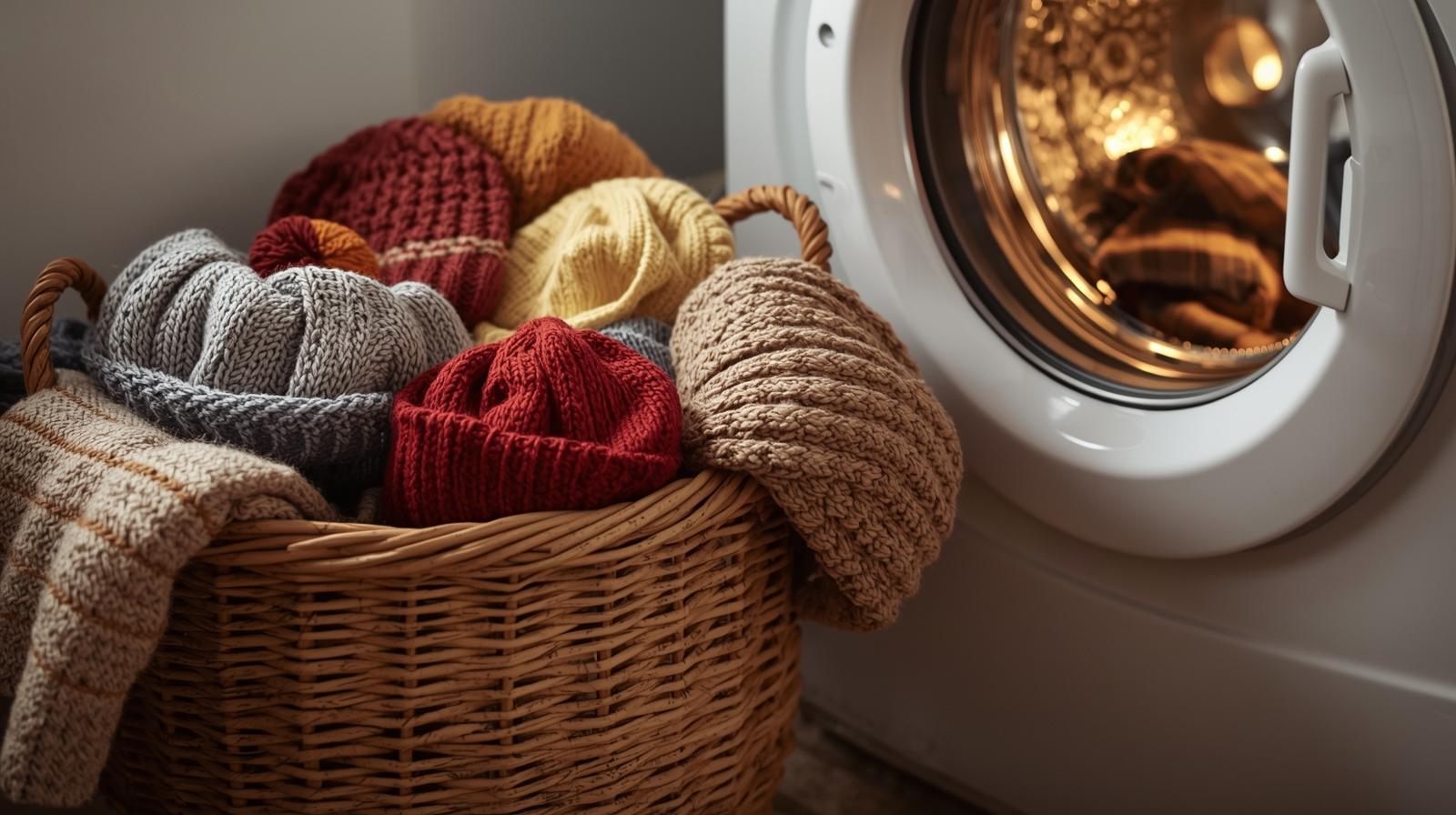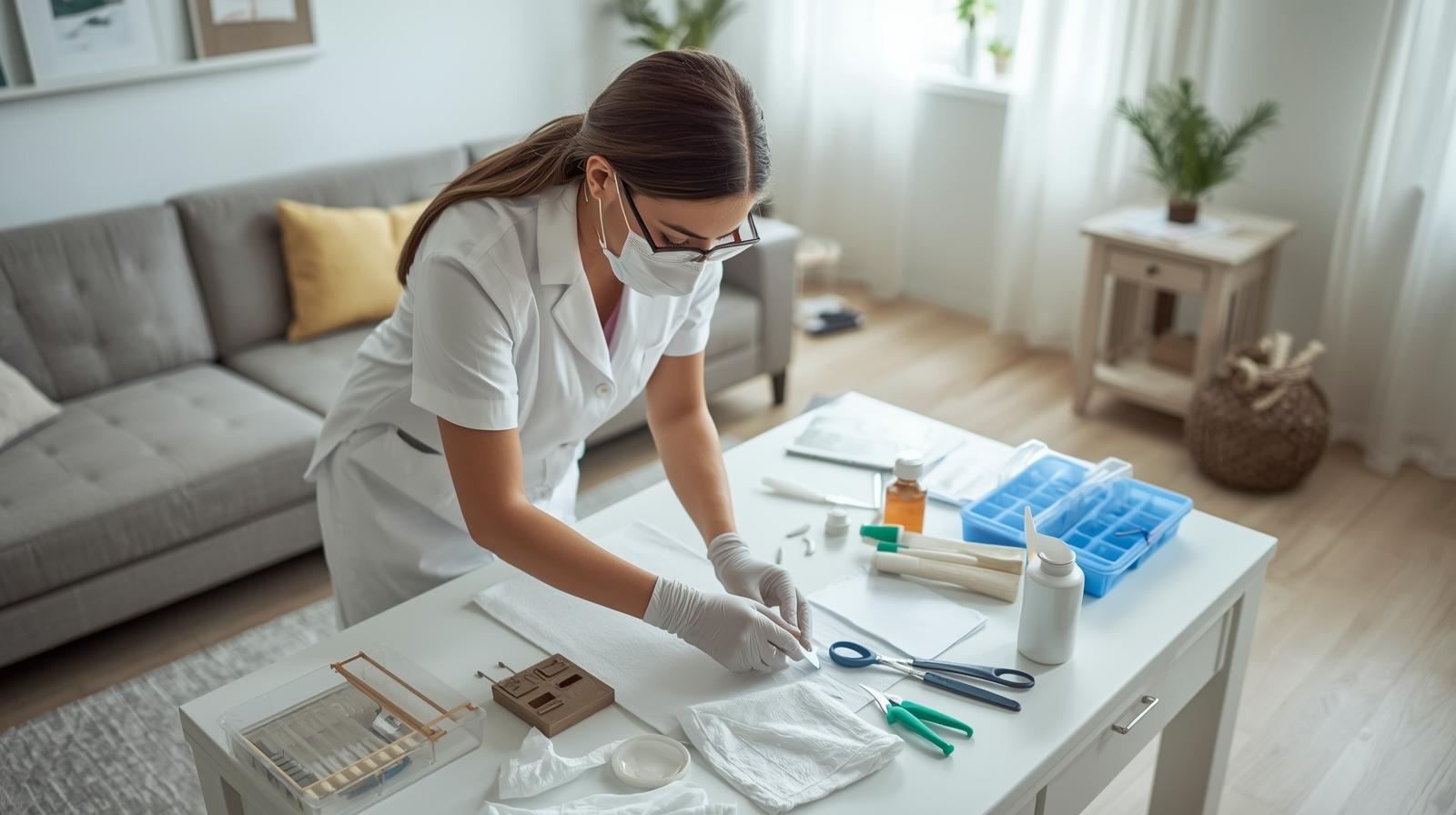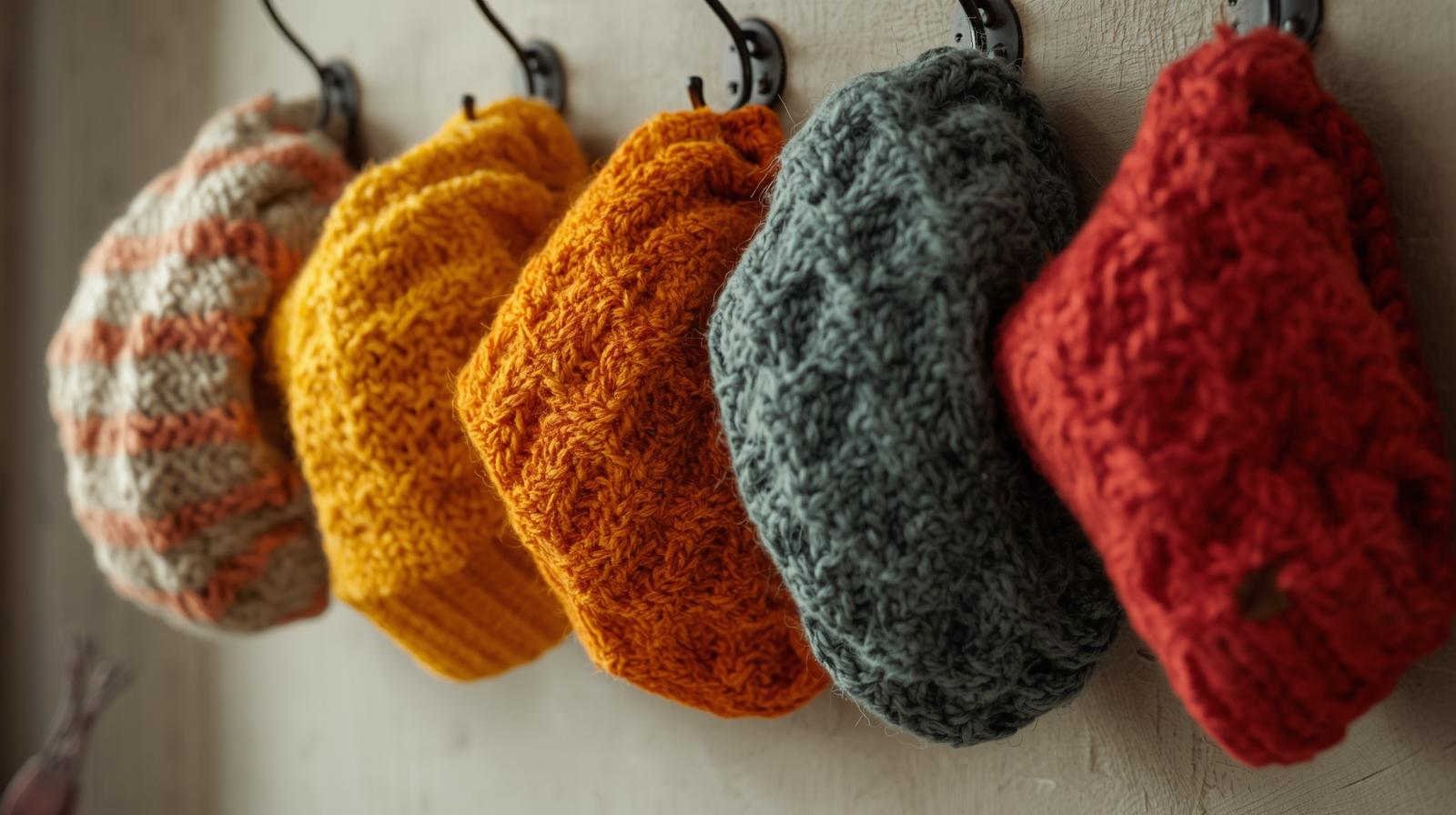Fall brings cooler weather, school routines, and the return of everyone’s favorite cozy hats. Kids grab their beanies. Parents pull out scarves and warm layers. Sports teams gear up. Classrooms get busy. And families settle back into packed schedules.
Along with all that activity comes a common question from parents:
Do hats in the fall increase the risk of head lice?
The short answer is yes, but the risk is small. The longer answer is reassuring and helps you understand why lice do not follow seasonal rules, why hats are not the main way lice spread, and what simple habits can keep your family protected. You will also learn how LiceDoctors can help if lice ever appear in your home.
Do Lice Have a Season?
A lot of parents assume lice thrive in warm temperatures or disappear when the weather cools. It sounds logical, but that idea is one of the biggest myths about head lice.
Lice only care about one thing.
They need a healthy human scalp to stay warm and fed.
Because the human scalp stays the same temperature all year long, lice stay active all year long too. They do not slow down in fall or winter. They do not freeze off in cold weather. They only weaken once they fall off a person, and they cannot survive for more than a day or two on objects.
So when we talk about seasonality, we are not talking about lice biology. We are talking about human behavior. Fall gathers people together in ways that lice find convenient.
Why Fall Encourages Lice to Spread
Here are the things that change in the fall.
More close contact
Classrooms get crowded. Kids play indoors more often. Carpools, buses, and lunchrooms fill up. All of this increases head-to-head contact.
Hat season begins
Kids love showing off their fall hats or sharing them for fun. Hat sharing is not the biggest culprit, but it does create a small risk.
Sports and after-school activities pick up
Football, cheerleading, soccer, band, dance, and theater are in full swing. Many of these involve close contact or shared helmets.
Holidays bring costumes
Halloween, school events, and dress-up bins include wigs, hats, crowns, and costume pieces that many kids try on in a short period of time.
Fall creates the kind of environment lice prefer. They do not care about the weather. They care about movement, crowds, and kids being kids.

Can You Get Lice From a Hat?
Yes, you can.
But it is not the most common way lice spread. In fact, it is one of the least common.
Here is the full picture.
Lice do not jump or fly
They cannot leap from a hat to a head. They can only crawl.
Lice cling tightly to hair
Their claws are built to hold hair shafts, not fabric. They do not let go unless they have no choice.
Lice weaken quickly off the scalp
A hat does not keep them alive. They begin to die within a day or two.
Most cases come from direct contact
Over ninety percent of lice cases are traced back to head-to-head contact. Less than ten percent involve shared objects like hats, brushes, or pillows.
Because of this, hats are considered a very small risk, but parents still worry. It makes perfect sense. Kids pass hats around without thinking, and hats touch the exact area lice love.
The good news is that a little prevention goes a long way.
Why Hats Feel Like a Big Risk Even If They Are Not
Many parents focus on hats because they seem like a clear and simple object to blame. But lice almost always come from unnoticed contact.
Think about how often kids:
- Lean close to whisper
- Hug friends
- Press heads together while looking at a tablet
- Pose for group selfies
- Share a blanket during a movie night
- Sit close on a bus seat
Those moments are actually where the risk hides. Hats get blamed because they are easy to see and easy to remember. Contact between two heads happens so fast that most kids do not notice it at all.
Still, hats do contribute to a small percentage of cases, especially in fall, so they deserve attention.
How Likely Is It to Get Lice From a Hat?
While there is no exact number, decades of research and hundreds of thousands of treatments show:
- More than ninety percent of cases involve direct head contact.
- Less than ten percent involve shared items.
- Hats are lower risk than brushes, combs, hair ties, pillows, or sports helmets.
- Sports helmets are more risky than daily hats because they fit tightly and often get shared.
So the risk is real, but small. It should not stop your child from wearing hats or enjoying fall. It only means you should set simple rules that keep sharing to a minimum.
Simple Fall Hat Season Tips for Parents
These steps reduce risk without adding stress.
1. No sharing hats, scarves, or headgear
Even if the risk is small, this one habit prevents a handful of cases every year.
2. Label your child’s hats
This prevents mixups in crowded coat rooms and cubbies.
3. Store hats inside backpacks or coat sleeves
Keeping them separate from other children’s items helps reduce exposure.
4. Tie back long hair
Shorter exposure area means fewer opportunities for lice to crawl over.
5. Do quick weekly checks
You do not need a full inspection. Thirty seconds is enough. You will learn how to do it later in this guide.
6. Know what to do if a hat was shared
A quick run in the dryer on high heat for about thirty minutes kills lice.
These tips keep things simple and practical so fall stays fun.

The Link Between Fall Sports and Lice
Sports are one of the most overlooked sources of lice transmission during fall. Helmets and headgear get passed around more than most parents realize.
Here are the sports with the highest risk:
- Football
- Hockey
- Lacrosse
- Cheerleading
- Dance
- Soccer
- Volleyball
- Marching band (shared hats or headpieces)
Here is how to reduce the risk:
- Use personal helmets whenever possible.
- Clean helmets lightly between uses.
- Tie long hair before practice.
- Teach kids not to put heads together during team huddles unless necessary.
- Do quick scalp checks during sports seasons.
Sports are wonderful for kids. A little awareness keeps the experience stress free.
Halloween and Costume Season
Halloween always causes a small spike in lice cases. This is because classrooms, parties, and stores encourage kids to try on:
- Wigs
- Hats
- Crowns
- Masks
- Hoods
- Costume accessories
You can protect your child with a few simple steps.
- Use your own costume pieces rather than communal ones.
- Put a disposable wig cap under wigs.
- Avoid the classroom dress up bin if possible.
- Check your child a few days after Halloween.
These precautions do not take away the fun. They just keep everyone safe.
How to Do a Quick At Home Lice Check
You do not need fancy tools or a special comb. All you need is good lighting and a minute of your time.
- Seat your child near a window or lamp. Bright light helps you spot tiny details.
- Start by looking behind the ears and at the nape of the neck. Lice love warm areas.
- Part the hair in small sections with your fingers or the handle of a comb.
- Look for small sesame seed sized bugs or tiny eggs glued to the hair.
- If you are unsure, take a close photo and zoom in.
Most parents do not see lice right away even when they are present. That does not mean you are doing it wrong. Lice are excellent at hiding.
What to Do if Your Child Shared a Hat
Here is the good news. You do not need special sprays or complicated cleaning routines.
You can choose one of these simple options.
- Put the hat in the dryer on high heat for about thirty minutes.
- Seal the hat in a plastic bag for two days.
- Wash and dry the hat normally if it is machine safe.
That is it. Lice cannot survive long on objects.
What to Do if You Find Lice This Fall
Finding lice is stressful, but it does not mean your child is dirty. Lice do not care about cleanliness. They only care about survival.
You have two choices.
1. Treat at home
You can comb out lice and nits if you feel confident and have time. This requires patience and consistency.
2. Call LiceDoctors
LiceDoctors send a technician to your home to take care of the entire problem. The treatment is:
- All natural
- Safe for all ages
- Effective
- Supported by a medical doctor
- Guaranteed for thirty days
You get step by step aftercare instructions that keep things simple. No mountains of laundry. No bagging toys. No deep cleaning. Most families feel relieved within minutes because help arrives quickly and discreetly.

Frequently Asked Questions
Here are the questions you requested, answered clearly and in a reassuring tone.
What season are lice most active?
Lice are active all year long. They do not follow weather seasons. They only need the warmth of the human scalp. However, lice cases rise during certain times of the year when children are in closer contact. This includes fall, winter holidays, and back to school seasons.
Can you get lice in the fall?
Yes, you can. Fall creates more opportunities for transmission because school is busy, sports teams are active, and kids spend more time indoors. Hat sharing, sports helmets, and costume season also increase exposure. The good news is that prevention is simple once you know what to watch for.
Will Lysol kill lice in hats?
Lysol is not reliable for killing lice or nits. It is not designed for that purpose. The most effective and safest choice is to use heat. Place the hat in the dryer on high for about thirty minutes. You can also seal the hat in a bag for two days. This is enough to handle any lice that may be present.
What is the most common place to get lice?
The most common place to catch lice is anywhere kids come into close contact. This includes schools, playdates, sleepovers, buses, sports teams, and camps. The number one cause is direct head to head contact. Shared items like hats play a much smaller role but can still contribute.
Final Thoughts
Fall is a beautiful time of year, a season filled with crisp air, colorful leaves, cozy hats, sports practices, school projects, and cherished family traditions. Along with all the fun and excitement, however, comes a slightly higher risk for head lice. Between school classrooms, playdates, sports teams, and festive gatherings, it is easy for lice to find their way from one child to another. But the good news is simple: lice are completely manageable, preventable, and nothing to fear.
By incorporating a few consistent habits into your family routine, you can greatly reduce the chances of an infestation. Encourage children to avoid sharing hats, helmets, and hairbrushes. Keep long hair tied back during school or play. Perform quick, weekly checks using a fine-tooth comb to catch any potential lice early. These small steps, done regularly, go a long way in keeping everyone healthy and comfortable.
Even with the best prevention strategies, sometimes lice still show up, and that is okay. When it happens, LiceDoctors is here to help. Our trained, compassionate technicians provide gentle, chemical-free in-home treatment that ensures the problem is fully resolved while minimizing stress for both children and parents. We have helped thousands of families regain peace of mind, so your child can return to school confidently and comfortably.
Don’t wait until lice become a bigger issue. Call LiceDoctors today and schedule a visit, because fall is for cozy hats, family fun, and worry-free days, not itchy heads.




.webp)
